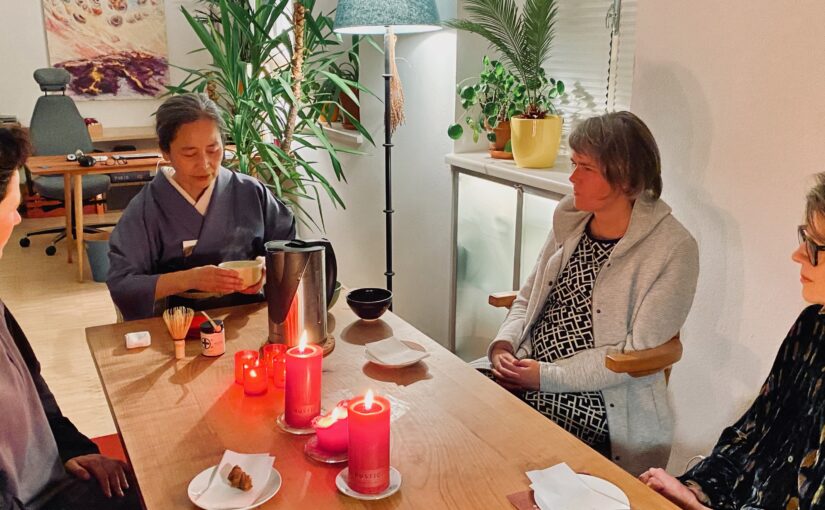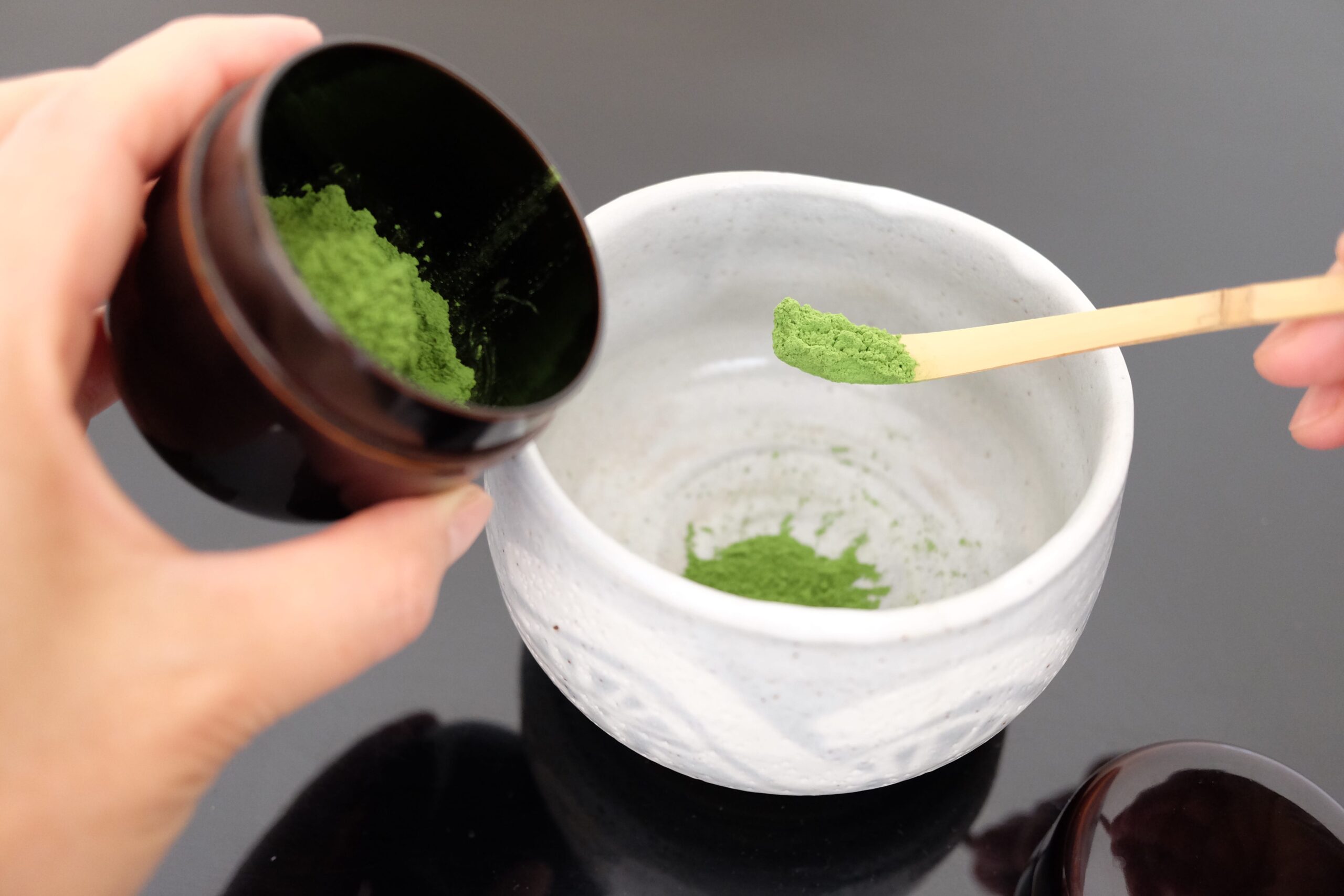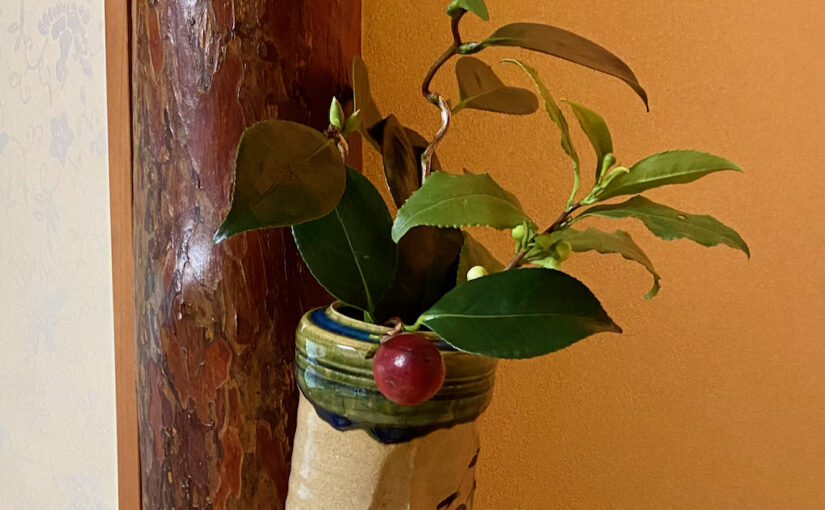I served a bowl of tea in kimono to my friend’s friends
Photo by Author
When you are traveling, you crank up your five senses to maximum to absorb everything, like a sponge.
How about squeezing out what you have also?
My husband and I are visiting our old friend in Vienna. She is letting us stay with her, taking us around in the city, and introducing us to her friends. What can we do to pay her back for her generosity?
I can’t. Instead, can I pay it forward?
I brought a kimono to wear it to a concert while in Vienna, but the weather was not accommodating. I gave it up. My friend invited her close friends over for a dinner. Why not entertaining them in kimono?
After my friend went to work, my husband and I started planning for the dinner. He found there is a Japanese grocery store called Nippon-ya. Let’s get some Japanese beer. And I can cook Japanese curry.
We had brought a can of matcha green tea and a set of tea ceremony utensils (tea bowl, tea scoop, tea whisk) as little gifts for our friend. I decided to use them to serve tea for her and her friends coming to the dinner.
Improvisation of Japanese dinner and tea ceremony was a great hit. All three Austrian women seemed to enjoy the glimpse of Japanese culture.
It was a nice surprise for me, too. Traveling usually meant that I absorb and take as much as possible from the experience. This trip, however, taught me that there is a joy in giving even when I’m traveling.
You may want to try it next time you travel.


